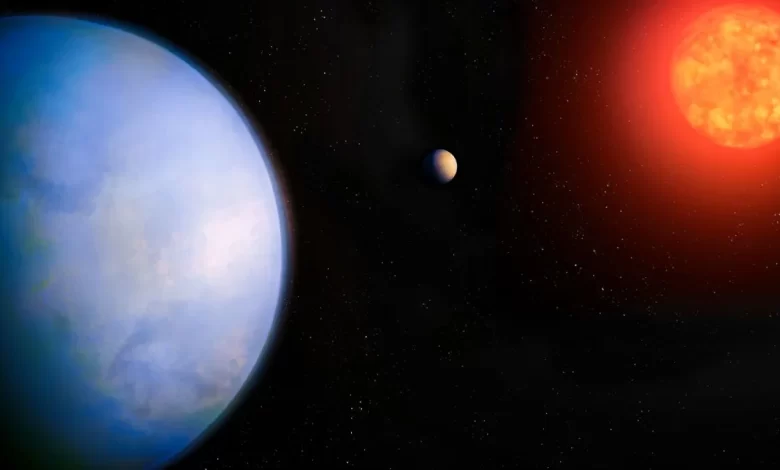Cosmic Neighborhood: 18 Light Years Super-Earth Found; Scientists Call It “Next Door” Discovery

New Target For Life: Astronomers Detect Exoplanet Gj 251 C, Which May Be Rocky And Located In The Habitable Zone Of An M-Dwarf Star
SANTA CRUZ, USA – Researchers at the University of California have discovered a new Super-Earth exoplanet just “a mere” 18 light-years away from Earth. This exciting finding revealed an 18 Light Years Super-Earth situated in a relatively close corner of our galaxy. Astronomers announced that this proximity makes the planet a unique target for future studies.
🌌 The 18 Light Years Super-Earth Called ‘Next Door’
Researcher Paul Robertson explained why this discovery is so valuable despite the frequency of new exoplanet finds.
- Unique Proximity: Robertson stated, “We’ve discovered so many exoplanets by now that finding a new one is no longer a huge deal.” However, what makes it particularly valuable is that its host star is only 18 light-years away. Therefore, scientists classify this as “almost next door” on a cosmic scale.
- Distance: 18 light-years equals approximately 173 trillion kilometers. Despite this, astronomers describe this distance as “the neighborhood” when considering the vastness of the Milky Way.

✨ Conditions For Life: The GJ 251 C Super-Earth
They named the planet ‘GJ 251 c’. Data obtained by two highly precise observation instruments facilitated the planet’s detection. GJ 251 c orbits a relatively small and cool M-dwarf star.
- Rocky Structure Possibility: The high-precision instruments detected that the exoplanet exerts a subtle gravitational pull on its host M-dwarf star. This confirms the planet’s mass is several times larger than that of Earth. Scientists hypothesize that GJ 251 c may have a rocky structure similar to Earth.
- Liquid Water Potential: Furthermore, scientists estimate its surface temperature is suitable for liquid water. If this proves true, one of the fundamental conditions for life is met on the planet. For this reason, the discovery carries immense significance.
- Publication: The study’s findings were published in The Astronomical Journal. [EXTERNAL LINK: The Astronomical Journal Official Website]
🚀 Next Step: Atmospheric Analysis
In conclusion, this proximity makes GJ 251 c a primary target for future atmospheric analysis using instruments like the James Webb Space Telescope (JWST). Scientists will search its atmosphere for biosignatures like oxygen or water vapor. These analyses will definitively determine the planet’s habitability potential. Astronomers will add this planet to the atmosphere research roster for other habitable exoplanets previously discovered.






